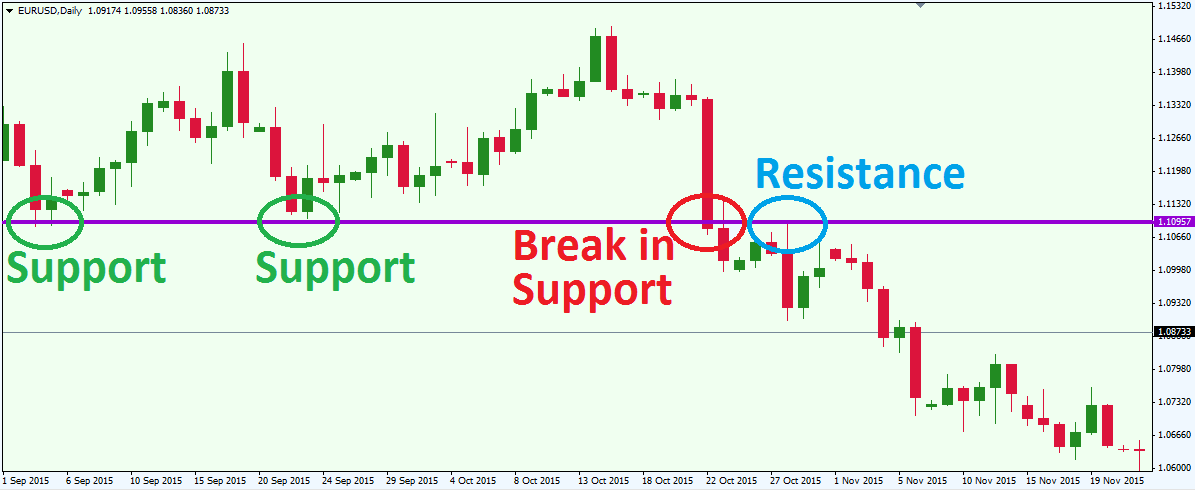In the fast-paced world of Forex trading, the ability to accurately identify and trade support and resistance zones can dramatically enhance your chances of success. Join us on an insightful journey as we unravel the intricacies of these fundamental concepts and equip you with actionable strategies to leverage them in your trading endeavors.

Image: www.youtube.com
Decoding Support and Resistance: The Cornerstones of Forex Trading
Support and resistance levels are pivotal in technical analysis, representing price points where the underlying asset has consistently encountered buying or selling pressure. Support refers to a price level that has historically acted as a “floor,” preventing further declines. Conversely, resistance signifies a “ceiling” above which price advances have faced obstacles.
Identifying Support and Resistance Zones with Precision
Pinpointing support and resistance zones requires a keen eye and a systematic approach. Traders employ various techniques, including trendlines, horizontal lines, moving averages, and Fibonacci retracement levels. By analyzing these tools in conjunction, you can increase the accuracy of your zone identification.
Trading Strategies: Harnessing Support and Resistance to Your Advantage
Once you have mastered identifying support and resistance zones, the next step is to incorporate them into your trading strategies. Consider these proven techniques:

Image: forextraininggroup.com
1. Breakout Trading: Riding the Momentum
Breakout trading involves entering trades when price breaks above resistance or below support. This strategy capitalizes on the momentum generated by the breakout and aims to capture substantial price swings. Look for breakouts that occur with high volume and clear confirmation candlesticks.
2. Retracement Trading: Buying the Dips, Selling the Rallies
Retracement trading involves trading pullbacks to support or rallies to resistance. This strategy seeks to identify short-term price corrections within the broader trend. Once price approaches the identified zone, look for signs of reversal, such as divergence or engulfing candlesticks.
3. Zone Trading: Capturing the Range
Zone trading involves trading within a well-defined support and resistance range. This strategy aims to capitalize on price fluctuations within the range and identifies potential entry points at key points of reversal. Set your stop-loss orders tightly and take profits at the opposite boundary of the range.
Expert Insights: Unlocking the Secrets of Support and Resistance Trading
Seek guidance from seasoned traders and analysts to further enhance your understanding of support and resistance trading. Attend webinars, read industry publications, and engage with online communities to gather valuable insights and best practices.
How To Trade Support And Resistance In Forex Market
Conclusion: Embracing the Power of Support and Resistance
Harnessing the power of support and resistance in your Forex trading endeavors can significantly increase your probability of success. By developing a keen understanding of these concepts and incorporating them into your trading strategies, you can capitalize on predictable price movements and navigate market fluctuations with greater confidence. Embrace this knowledge, master the art of support and resistance trading, and unlock the path to consistent profits in the Forex market.






